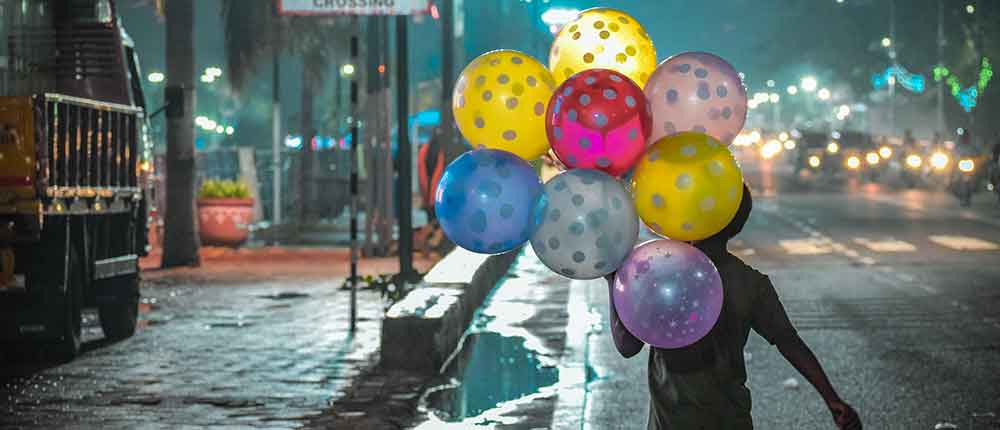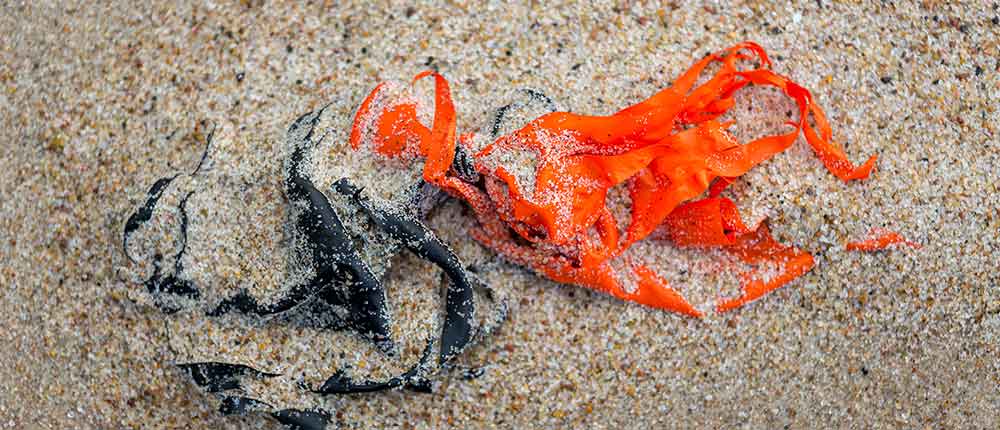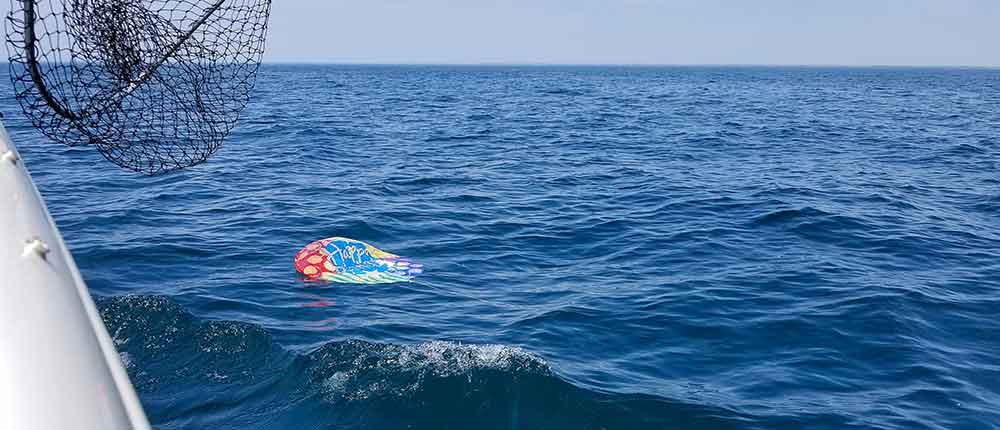"Balloons are deadlier than bombs," says Maneka Sanjay Gandhi. Your celebration means the death of thousands of birds and animals annually. It is time you stopped wasting important resources like helium for meaningless rituals.

If a seabird swallows a balloon, it is 32 times more likely to die than if it had gulped down a piece of hard plastic. My mind and body have instinctively always had the right feelings towards things that are harmful for the planet – it is almost as if my relationship with Nature is so profound that we think as one. I have always hated kites and plastic straws, for instance, long before I knew how many millions of lives they took. Another phobia of mine is a balloon. My family knows that I will not touch one and will not enter a space that has them. People who release pigeons and balloons at rallies have my undying hatred because the pigeons will die and the balloons will kill. Fortunately, because we have been so vociferous about bird releases at ceremonies it is no longer done. Now we need to stop the balloons as well.
The deadliest ocean garbage for seabirds are balloons. In a small survey done on one coast, 1700 dead seabirds were picked up. More than 500 of these had swallowed plastic. Four in 10 of those deaths were caused by balloons. Seabirds frequently snap up floating litter because it looks like food. When pieces of latex or Mylar are mistaken for food and ingested, they lodge in the digestive tract, inhibiting animal's ability to eat and causing a slow and painful death by starvation. Birds, turtles, and other animals commonly mistake balloons for food. In addition, many animals can become entangled in balloon strings, which can strangle them or cut their limbs. A balloon floats to a high altitude where it bursts. The burst pattern makes it look like a jellyfish, that now comes down is washed into the ocean and is swallowed by predators such as dolphins, whales, and sea turtles.

If a seabird swallows a balloon, it is 32 times more likely to die than if it had gulped down a piece of hard plastic, researchers reported in a new study done by the Institute for Marine and Antarctic Studies at the University of Tasmania in Australia printed in Scientific Reports. Birds are especially likely to swallow balloons because they closely resemble squid. Sea turtles are hit hard as they surface to breathe and eat, and commonly eat balloons. Scientists doing necropsies on turtles that washed ashore dead have often found the necks of latex balloons blocking the entrance to the small intestine from the stomach and four feet of attached ribbon in the intestine. In July 2018, a handful of boats held a competition on picking up balloons in the ocean. In one day over 600 balloons were collected.
The Sea Turtle Foundation estimates that 100,000 marine mammals and turtles and 2 million sea birds die every year from ingesting or becoming entangled in marine debris, including indigestible plastic that blocks stomachs. In 2016, the Commonwealth Scientific and Industrial Research Organisation (CSIRO) named balloon litter as one of the three most harmful items to marine wildlife. Balloons are made of latex/mylar or foil and fall to the ground as litter. They are as harmful as cigarette butts and plastic bags. The ones that are pumped with helium travel thousands of miles and their pieces are found in the most remote places like wildlife refuges where they pollute the Earth.
To use helium in balloons should be made a crime punishable by life imprisonment. Helium is a finite gas and should not be wasted on fripperies. Helium is used as a shield gas for non-ferrous welding and for cooling the superconducting magnets in MRI scanners. There is no substitute for it due to Helium's low boiling point. It is also used in breathing ventilators for infants and the ill. In 1996, Nobel Prize winner Robert Richardson issued a warning that supplies of Helium are being used at an unimaginable rate and could be gone within twenty years. Is it because of balloons? According to the US-based Consumer Product Safety Commission, balloons are linked to more infant fatalities than any other child product and death by helium inhalation consistently takes lives each year.

Balloon companies say that latex or rubber balloons degrade. They give different names to the balloon – Qualatex for instance. This is not true. There are no safe balloons. They degrade in decades and are eaten long before that. While conservationists all over the world are asking for an end to balloons, the companies in America have predictably got together and have created the Balloon Council to fight any laws that restrict the buying and release of balloons. They are reinventing their selling techniques by calling themselves biodegradable. It cannot be biodegradable because the latex has had chemicals, plasticizers, and artificial dyes added to it. It may degrade eventually as even rocks do but it is certainly not biodegradable. People who live in the desert have found thousands of them, some over 20 years old.
The ribbons or string that is sometimes tied to balloons, whether it is 'biodegradable' or 'naturally dyed' will last years and entangles animals that come into contact with it. The balloon industry claims that when a balloon pops, it bursts into many little pieces, and that the pieces land far away from each other. But, it does not really matter because each piece has the power to kill.
To stop this we must start by changing the birthday party balloon use. We should have fun and celebrate with environmentally-friendly alternatives. If you want to have things that make your parties memorable and happy, then flowers are the best way. Coloured lights, colourful streamers, flags, and banners save money and time. There are companies that create giant bubbles which are a sight to behold.
Here is a film that you should show in every school.
Rubber Jellyfish by Carly Wilson is a documentary about the effects of released helium balloons on ocean wildlife – in particular, Australia's population of critically endangered sea turtles. Carly Wilson discovers that helium balloons that are often released ceremoniously usually land in the ocean. She examines the phenomenon that causes balloons to mimic the appearance of jellyfish, a prey that all sea turtles eat, when they rupture high in the Earth's atmosphere. She meets several turtles suffering from the excruciatingly painful and often fatal 'float syndrome' which is caused by the ingestion of balloons and other ocean rubbish.
Through the film, Carly seeks to understand why and how the multibillion-dollar balloon industry has led the public to believe that latex balloons are biodegradable and environment-friendly despite massive evidence to the contrary. She meets marine biologists, turtle activists, and policymakers to question why Australia has not taken action against mass balloon releases when its waters host all six sea turtles on the CITES endangered species list.
Listen to the reports scientists, wildlife rehabilitators, and conservationists are filing about the impacts balloons have on animals and the environment. Stop using them. Or invent an edible, organic, biodegradable balloon made of unwaxed paper or straw or even soya that disintegrates when they are wet.
(The author is a Member of Parliament (Lok Sabha) from Sultanpur, author, environmentalist, animal rights activist, and founder and chairperson of People for Animals; The article had first appeared in the July issue of TerraGreen).
